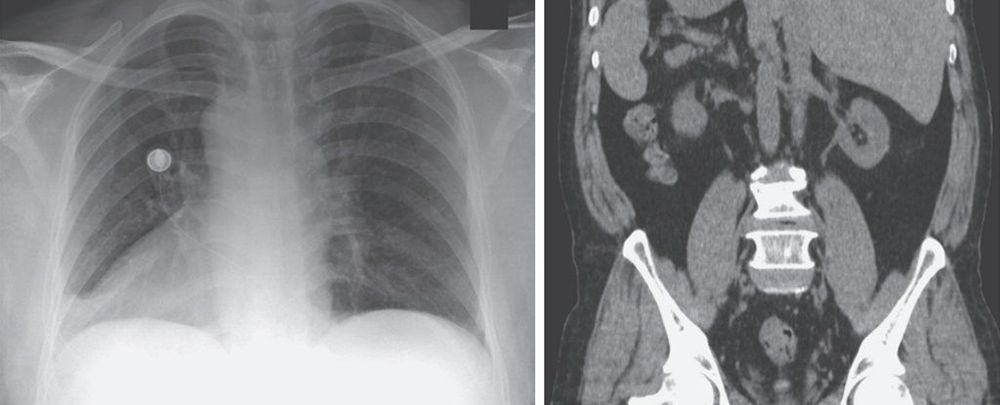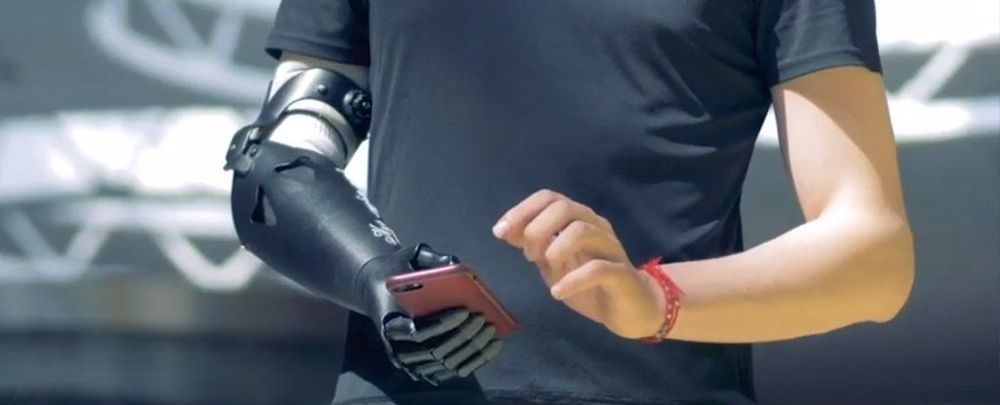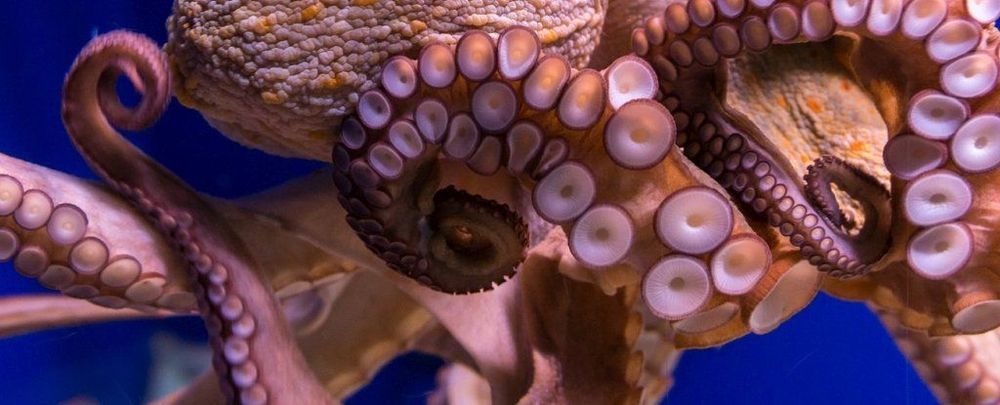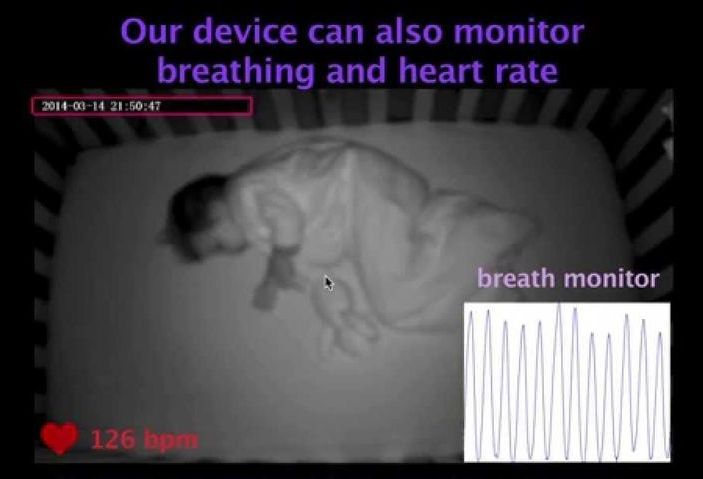Jul 1, 2019
Intel researchers develop an eye contact correction system for video chats
Posted by Shailesh Prasad in category: futurism
When participating in a video call or conference, it is often hard to maintain direct eye contact with other participants, as this requires looking into the camera rather than at the screen. Although most people use video calling services on a regular basis, so far, there has been no widespread solution to this problem.
A team of researchers at Intel has recently developed an eye contact correction model that could help to overcome this nuisance by restoring eye contact in live video chats irrespective of where a device’s camera and display are situated. Unlike previously proposed approaches, this model automatically centers a person’s gaze without the need for inputs specifying the redirection angle or the camera/display/user geometry.
Continue reading “Intel researchers develop an eye contact correction system for video chats” »
















